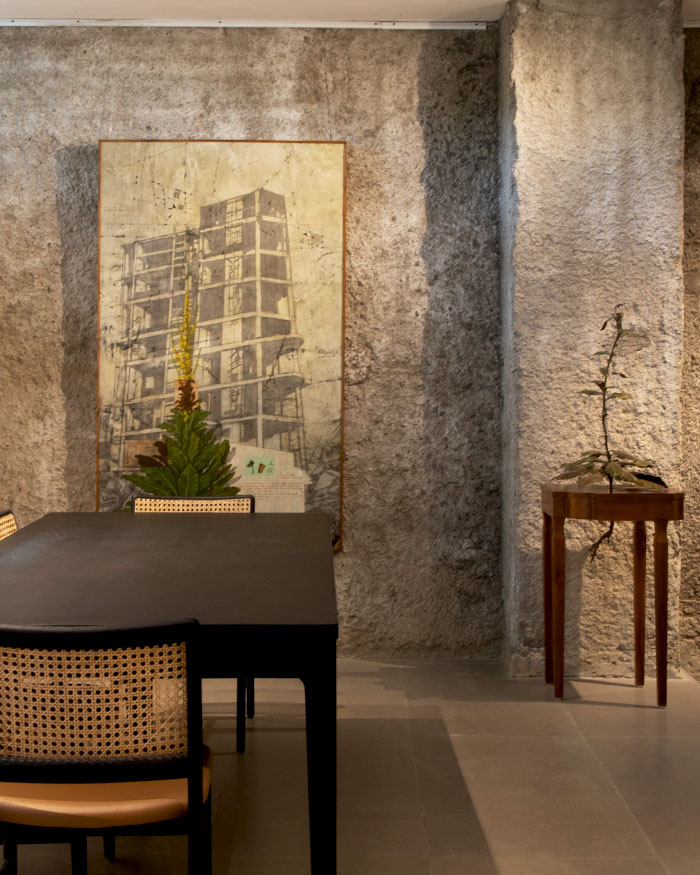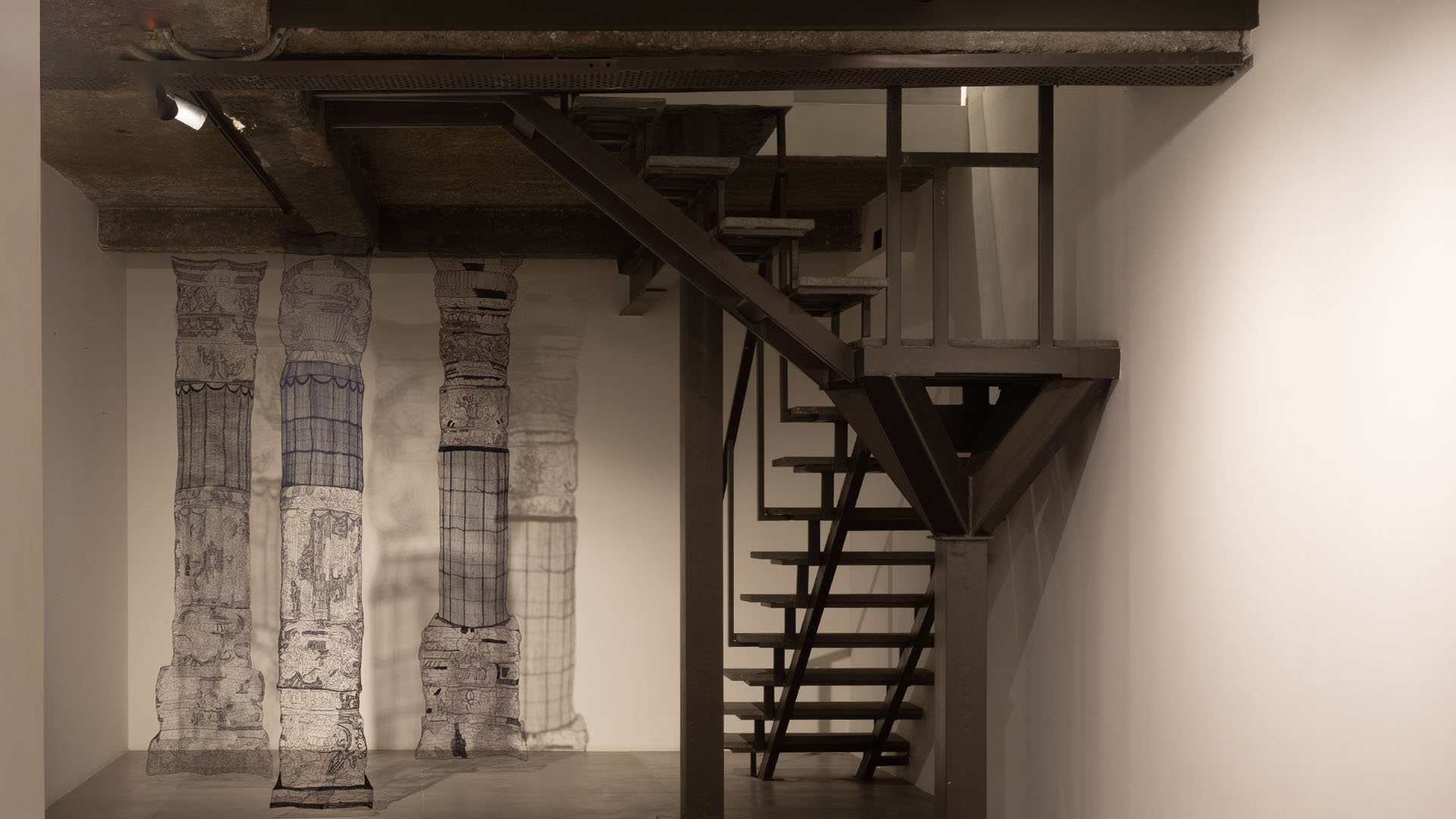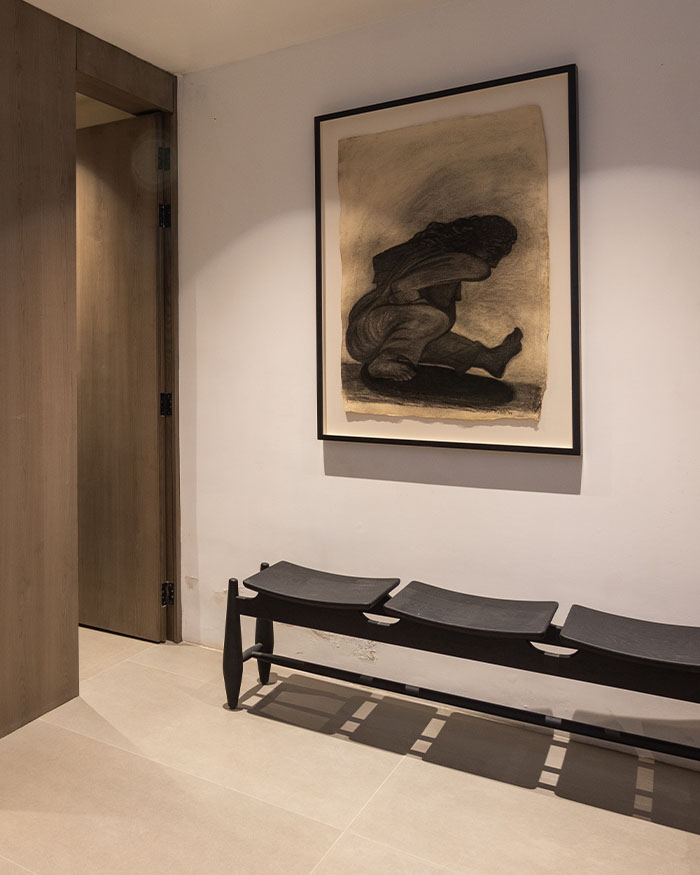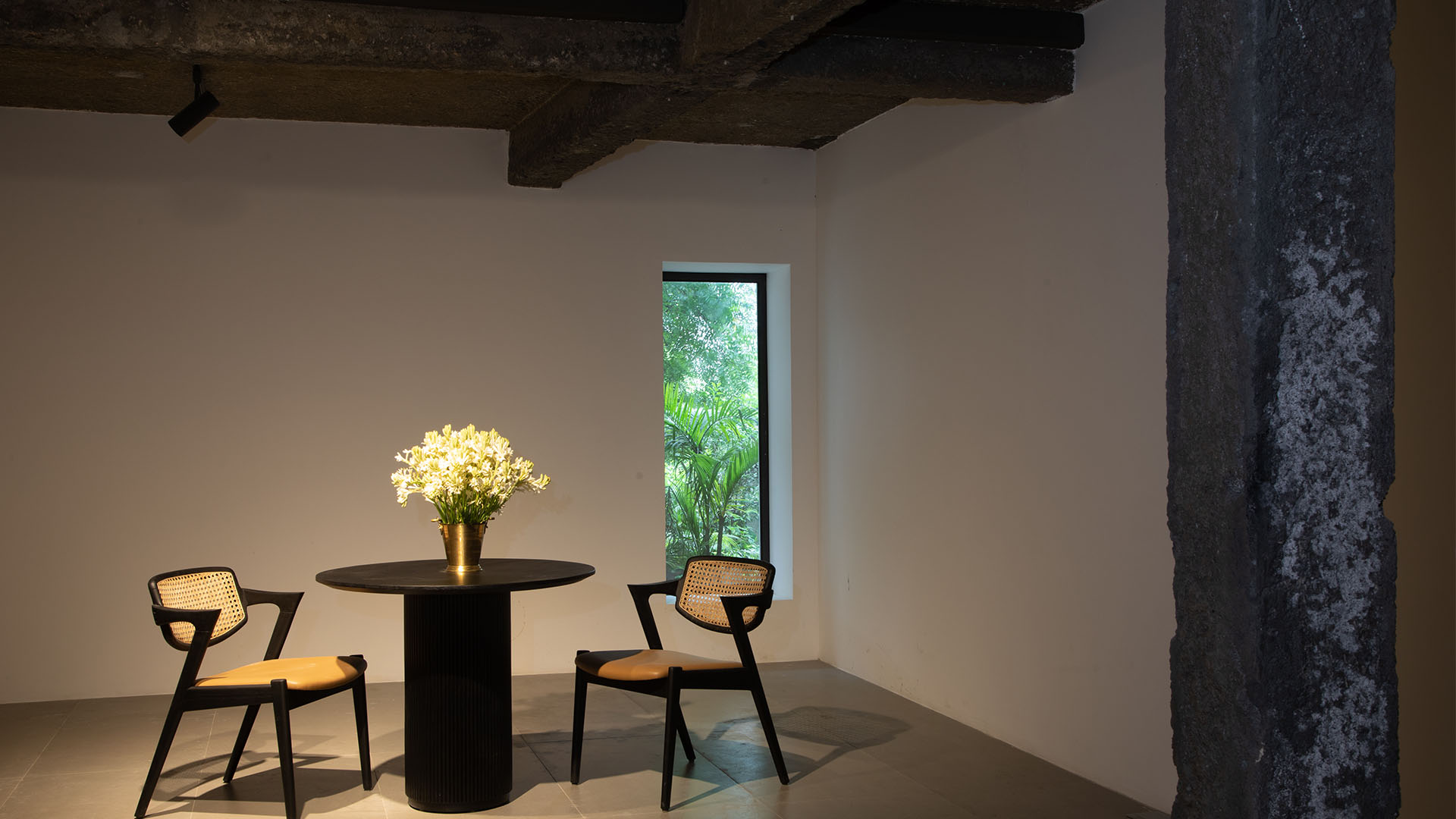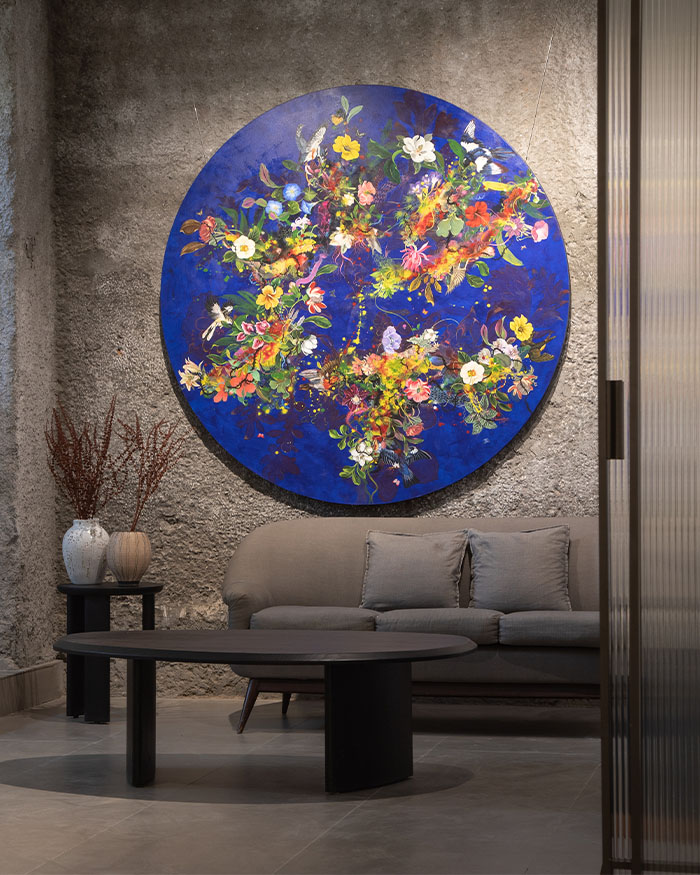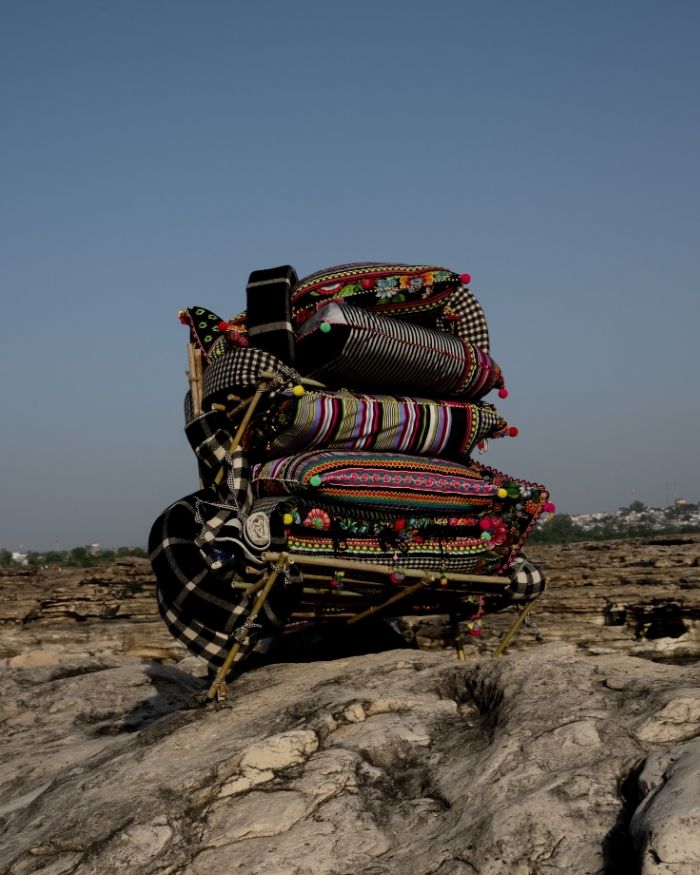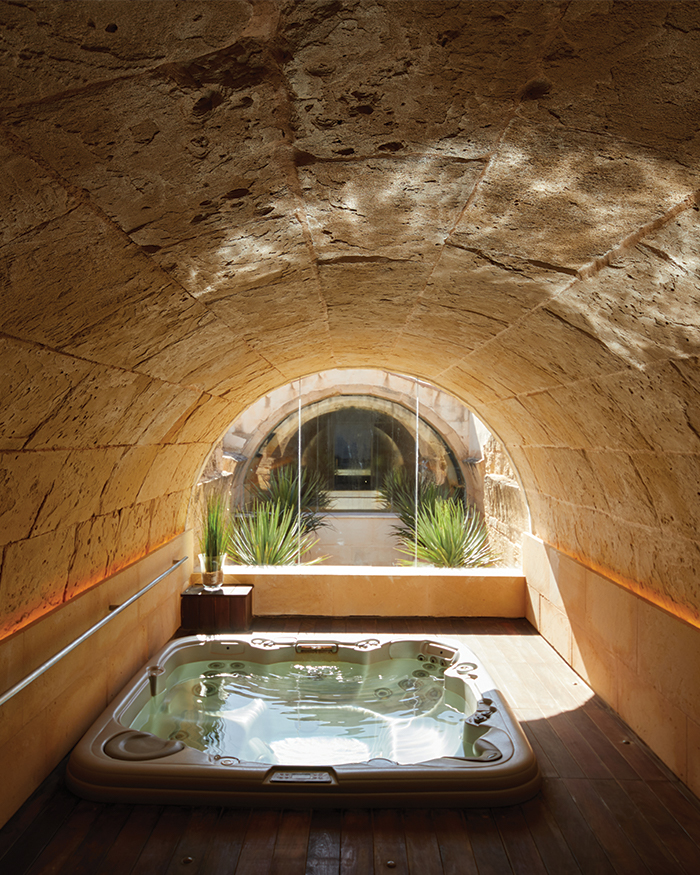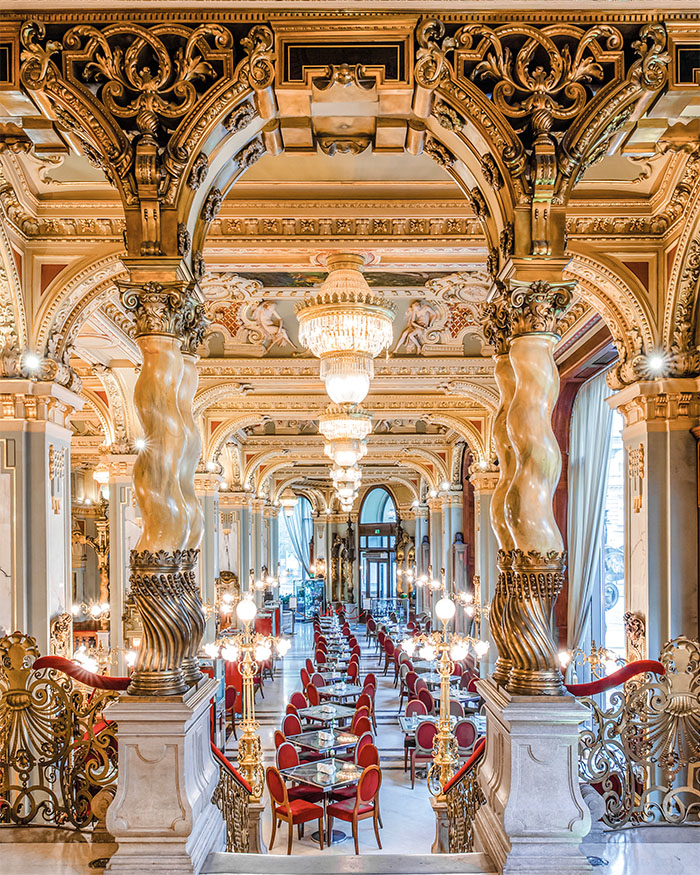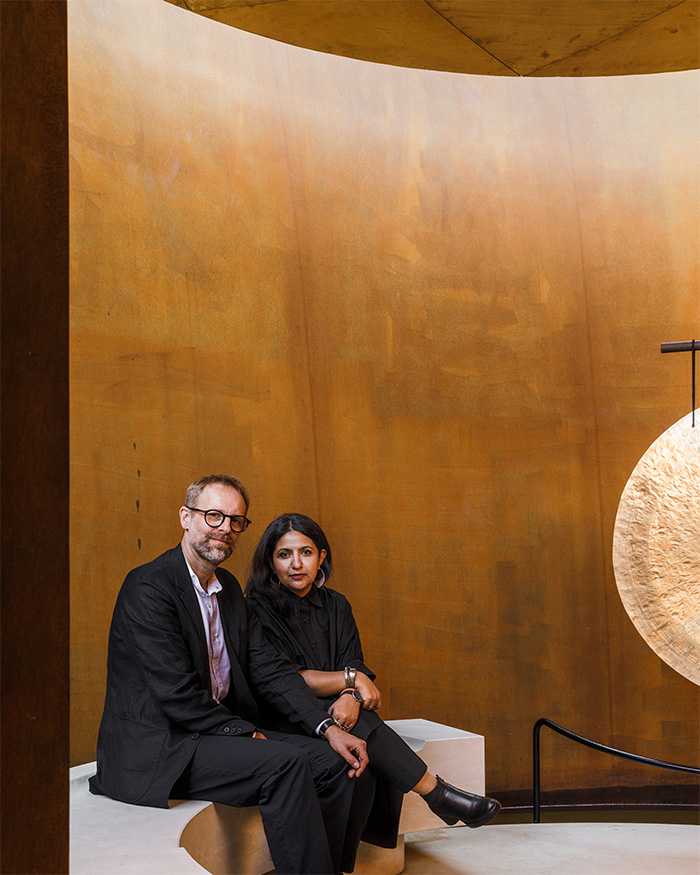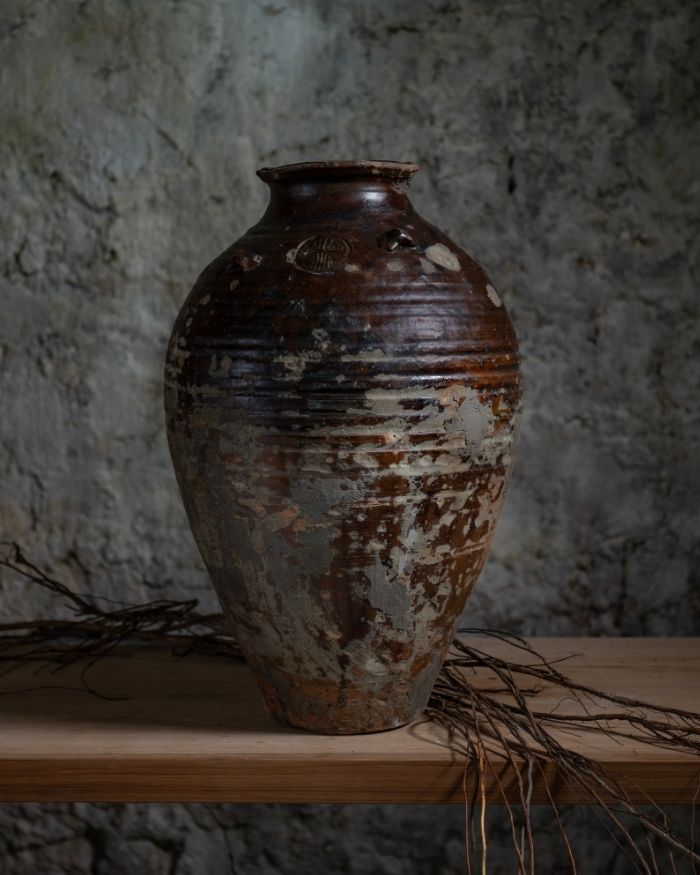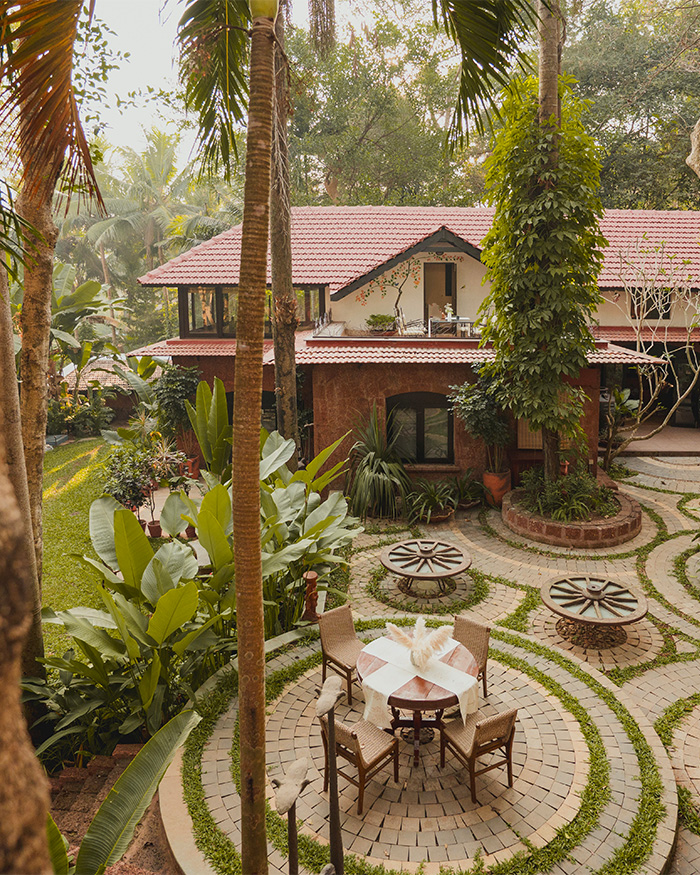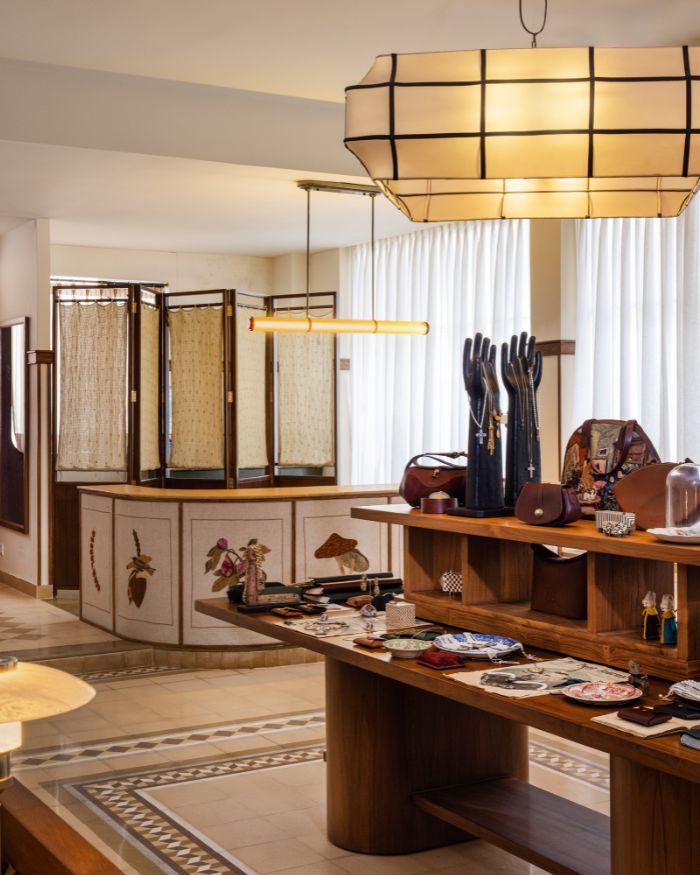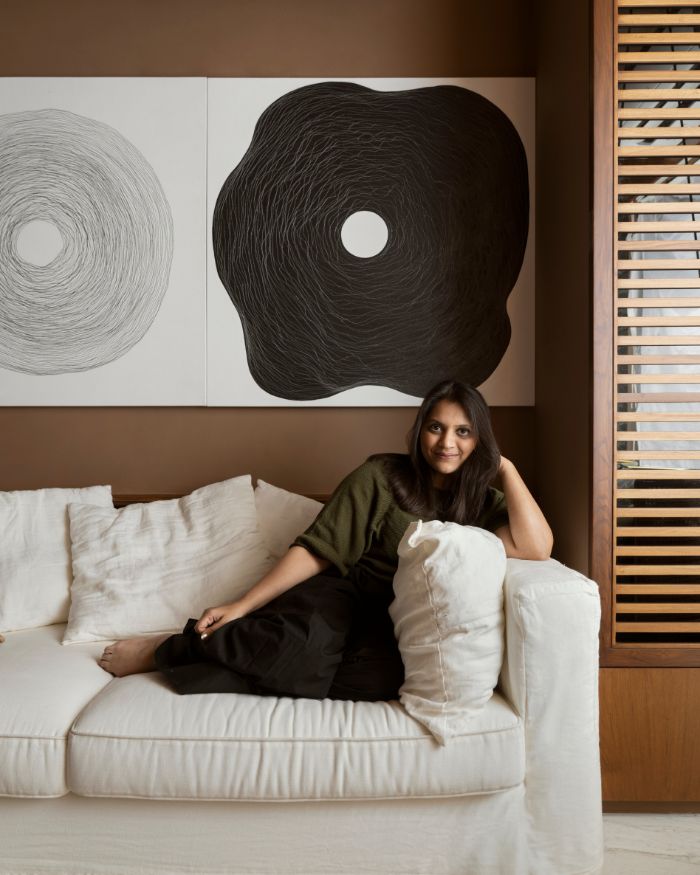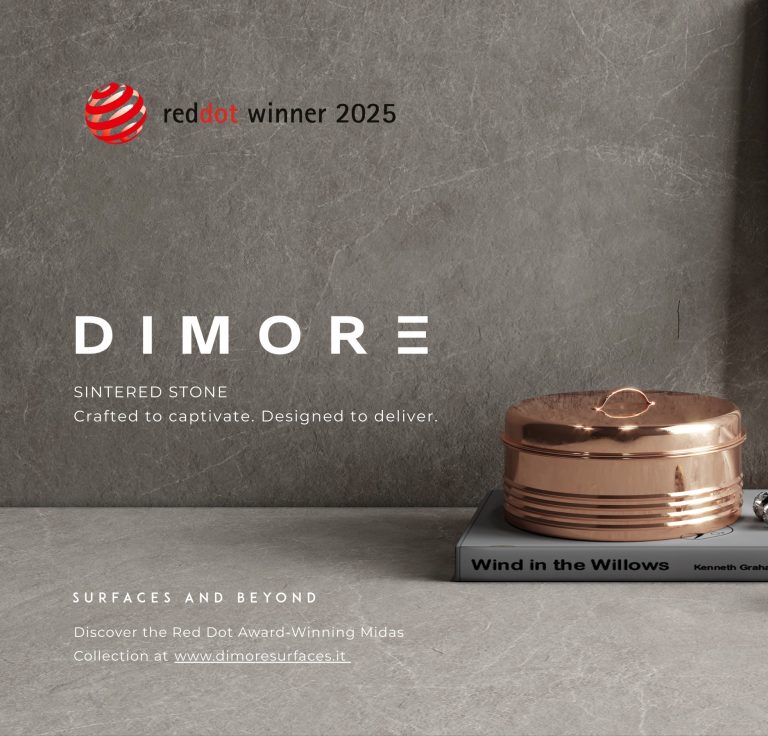WITNESS, PARTICIPANT, PROVOCATEUR
For Founder & Director Rasika Kajaria, the gallery has always been more than a neutral frame. “Looking back, I think Exhibit 320 has been all three — a witness, a participant, and a provocateur,” she reflects. Over fifteen years, it has observed the unfolding of South Asian contemporary art while actively shaping it. The gallery has tested the boundaries of tradition, labour and ecology, encouraging artists to push conceptual and material limits.
“It was less about expansion for its own sake and more about responsibility,” Rasika explains. Artists producing large-scale installations, time-based works or complex, research-driven projects demanded a space commensurate with their vision. The new gallery offers height, scale and flexibility. It also allows for talks, lectures and cultural events that extend exhibitions into living dialogues, turning the space into a forum of ideas.
The exposed concrete ceilings and raw plaster can be seen as honesty made manifest. Surfaces that summon to gather, to engage. The space signals a broader idea: the value of imperfect, tangible presence. Concrete, plaster, and the traces of human labour anchor experience. They insist that art cannot be flattened, and probing perception that requires engagement with materiality. In an era of artificiality, the cracks, textures, and irregularities are not incidental but necessary. A deliberate act of inhabiting space, inseparable from the quintessential human experience of creating art.
Read next: Kumari Nahappan’s solo exhibition at Delhi’s Gallery Pristine channels a cosmic chromatic resonance through seeds and spices to monumental forms
